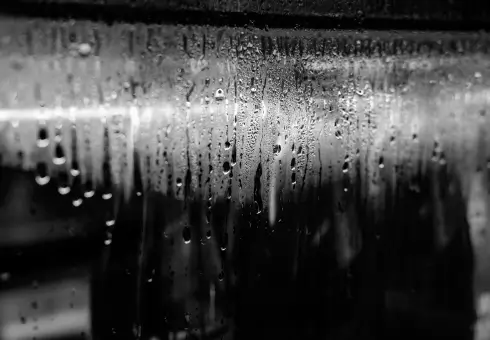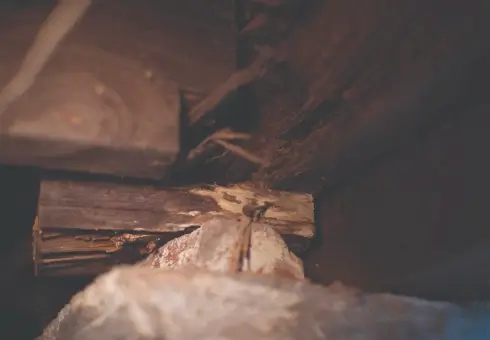crawl space
problems
HUMIDITY & WATER
IN CRAWL SPACE
Water that seeps into your crawl space can serve as a breeding ground for pests, mold, and odor. Crawl space encapsulation is the right choice for homeowners who experience rainy climates and want to protect their crawl space from moisture.
These are some common moisture and water crawl space problems that homeowners in Portland, Salem, Roseburg, and the Seattle-Tacoma areas have asked TerraFirma to diagnose and fix for this space of their homes:
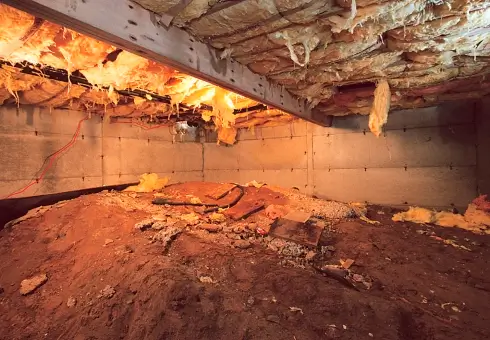
Wet Insulation
Wet insulation is a sign of crawl space humidity, and creates the perfect breeding ground for mold and mildew.

Condensation & Indoor Humidity
Does your home tend to be humid? It could be a sign of crawlspace condensation and moisture.

Rotting Wood
Floor joists provide crucial support for the floors above. Moisture in your crawl space can cause your floor joists to rot, compromising their ability to bear the weight of the structure.
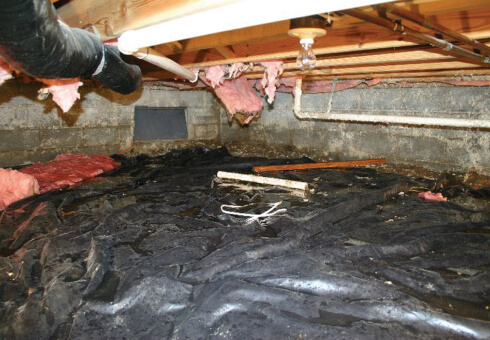
Torn Vapor Barriers
Torn vapor barriers and vapor barrier puddles mean moisture and possibly unhealthy air quality
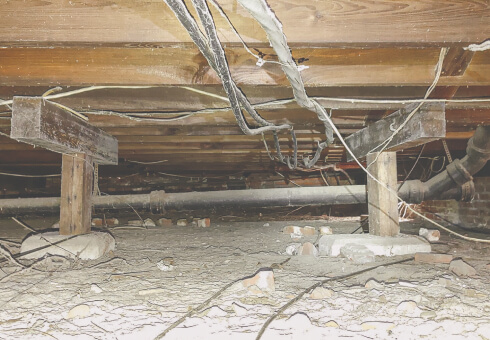
Exposed Ground
Exposed dirt in your crawl space will release gasses, odors, and moisture under your home that can seep up into your living space. As the damp soil dries it shrinks allowing the post and beam structural supports to settle causing damage to your home.
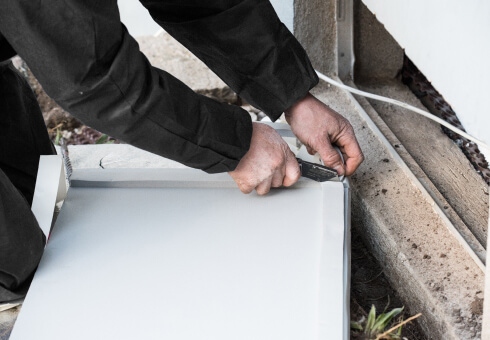
Crawlspace Door and Vents
Open crawl space vents and loose crawl space doors can cause high humidity as well as insect and mold problems.
SAGGING FLOOR JOISTS
& STRUCTURAL ISSUES
Built directly underneath your home, the crawl space plays a key role in your home’s structural integrity. Many crawl spaces are designed with a support system that is either inadequate, rotting or has unstable soils underneath the support posts.
If you’re unsure whether it’s a foundation or crawlspace issue, note whether the visible problem is centered around the interior or exterior of the structure. Homeowners in Oregon and Washington frequently benefit from waterproofing as part of their foundation repair and/or crawlspace repair.
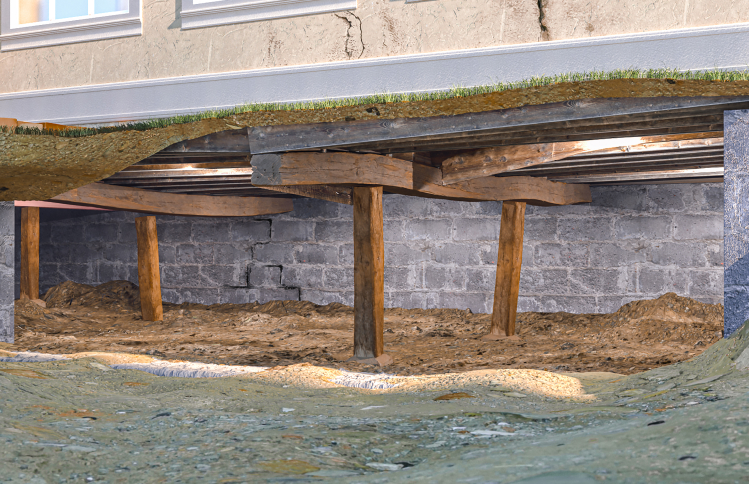
|
Crawl Space Structural Issue |
Foundation Settlement |
Basement Waterproofing Issue |
|
|---|---|---|---|
| Cracks in Crawl Space Walls |  |
 |
|
| Cracks in foundation or crawl space walls |  |
 |
|
| Leaking cracks in foundation walls |  |
 |
|
| Sticking or cracked exterior doors and windows |  |
 |
|
| Sticking or cracked interior doors |  |
 |
|
| Sinking, sagging floors |  |
 |
|
| Cracked or sagging floor joist support beams |  |
 |
|
| Floor crack with water seeping up |  |
 |
|
| Standing water in crawl space |  |
 |
|
| Tilting chimney |  |
HIGH ELECTRIC BILLS
Crawlspaces are often unconditioned spaces, meaning they are not heated or cooled like the rest of the house. High electric bills are a giveaway that your home is not energy efficient.
Floor insulation and Wall insulation will help to prevent heat transfer between the crawl space and the rest of the house, reducing the amount of energy needed to heat or cool your home. This can lead to lower utility bills while creating a more comfortable indoor environment.
Creating a controlled environment in crawl spaces is essential for maintaining energy efficiency, controlling moisture and pests, and preserving the structural integrity of the home. Maintenance also plays an important role as floor insulation is susceptible to the environment, can become loose, moist, and lose effectiveness.

POOR AIR QUALITY
Humidity and condensation in a crawl space are a recipe for disaster. Excess moisture leads to mold growth, wood rot, and foul odors, causing issues for your home’s health, air quality, and value.
After removing any organic materials, making sure your waterproofing system is working correctly, and installing vent covers, you should still consider other airborne hazards that, fortunately, can be prevented with the use of a dehumidifier.
Encapsulation and consistent maintenance don’t just protect against crawl space moisture problems—they also retain a stable temperature in this area, improving indoor air quality and reducing allergens. Over time, this can prevent costly repairs caused by worsening structural problems or degradation. Additionally, a well-encapsulated crawl space boosts your home’s resale value; ultimately, it is a wise investment for homeowners intending to stay or sell. So have Terra Firma fix your crawl space problems today to start reaping the benefits.
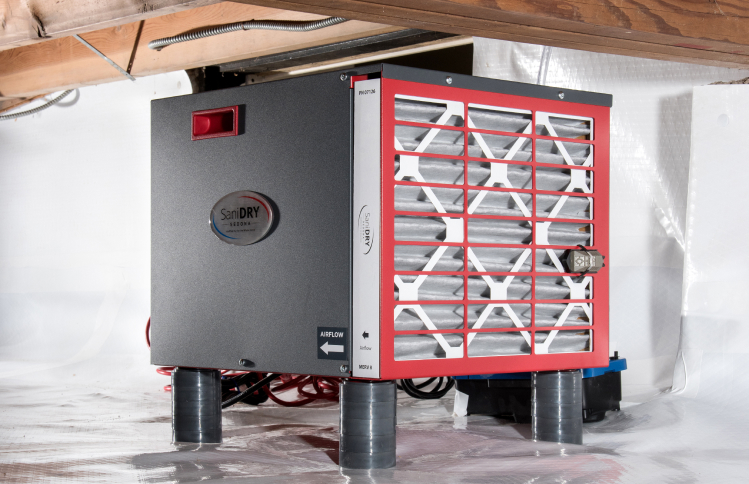
crawl spaces
repaired
Don’t take our word for it – see what our clients have to say.
From Roseburg to Eugene, Portland to Seattle, our Crawl Space Repair work speaks for itself
Crawl Space
Homeowner FAQs
Crawl space insulation vs encapsulation – which is better?
Crawl space insulation is typically ill-advised on its own. When insulation gets damp or wet, it stays wet. Dampness and mold that is able to grow in your crawlspace will move throughout your home. We recommend a setup that includes a double-sealed vapor barrier as well as a dehumidifier and sufficient drainage system.
My concrete seems to have moved up during the winter months, is this a problem?
If your concrete has shifted up during the winter months, it is most likely heaved from the frozen dirt below the concrete. This is normal, and usually the concrete will return to normal once the ground thaws. If it doesn’t return to its normal position in the spring, you may want to have one of our experts take a look to determine if a permanent solution is necessary.
What causes a floor joist to sag?
Excess moisture in floor joist, overspanned joist supports, and excess load above joist can all cause joists to sag.
Can you repair cracked concrete after going through concrete leveling?
Yes. In fact, we recommend that our TerraFirma Concrete Leveling customers seal the cracks and joints of their newly lifted concrete with our NexusPro solution, as it will help protect their concrete for many years to come.
My concrete seems to have settled over the winter. What should I do?
Your concrete most likely didn’t settle, but instead the adjacent concrete slabs heave upwards, due to the frozen dirt below. There is nothing that can be done, but wait for the ground to thaw and the concrete to return to its original position. If the concrete doesn’t return to its normal position in the spring, you may want to have one of our experts take a look to determine if a permanent solution is necessary.

